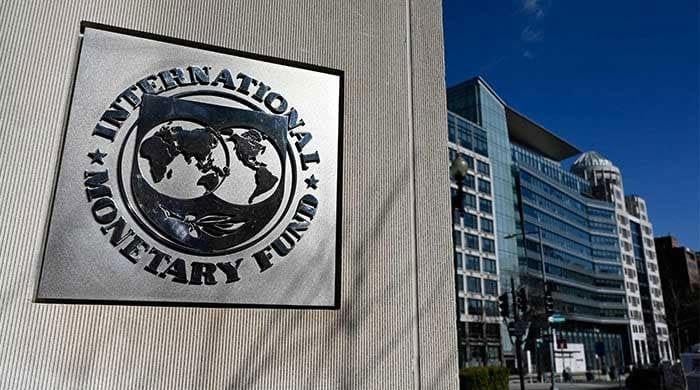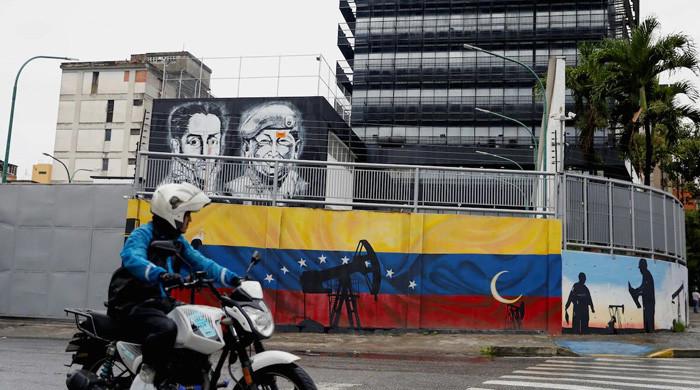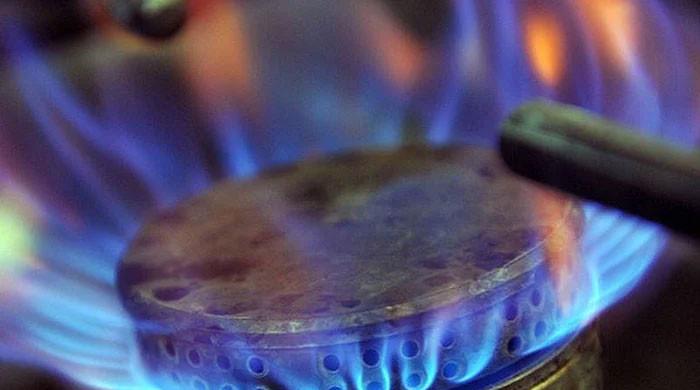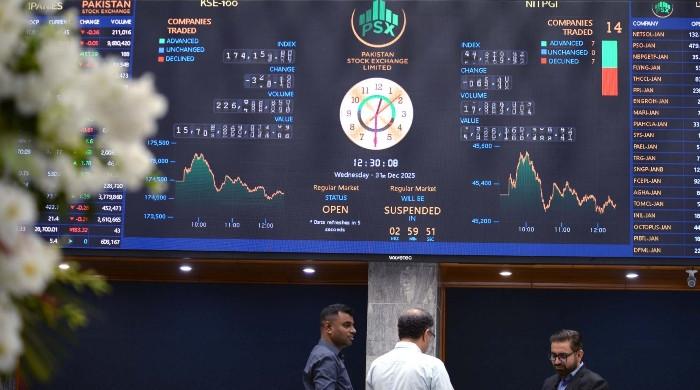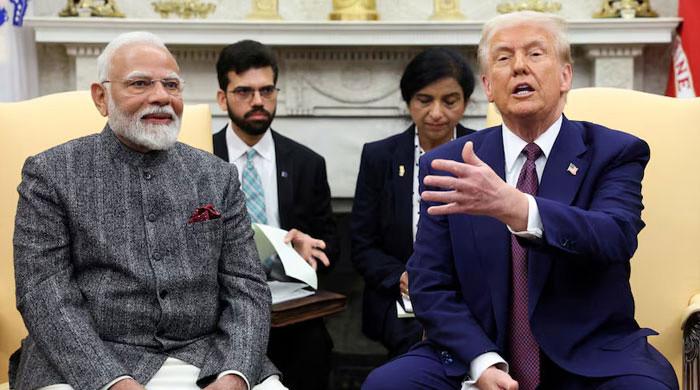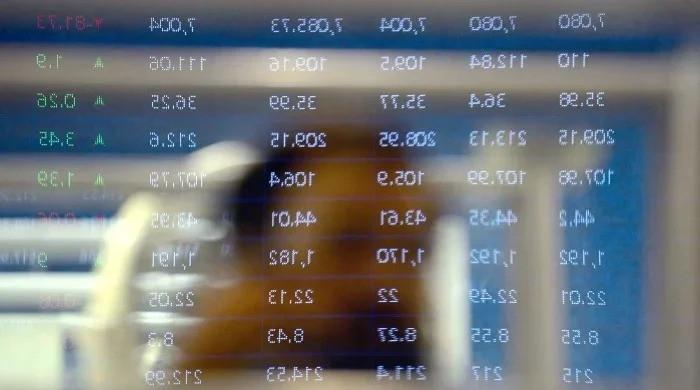Gold price rises Rs2,000 per tola in Pakistan, global rates surge to eight-year high
Gold rates surged to their highest in nearly eight years on Wednesday in international markets
June 24, 2020
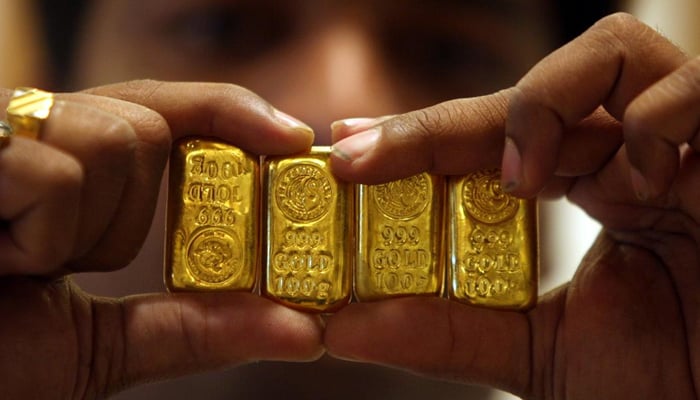
KARACHI: Gold rates shot up Rs2,000 per tola, the All Sindh Sarafa and Jewellers Association (ASSJA) said Wednesday, with prices around the world surging to their highest in nearly eight years as signs of an acceleration in the coronavirus cases kept investors on edge.
With the increase of Rs2,000, gold is now priced at Rs105,100 per tola, whereas the price of 10 grammes of gold bumped up Rs1,715 to Rs90,106.
On the other hand, the international gold prices have gone up $20 an ounce to a little over $1,777.
Data showing several US states seeing record infections and the death toll in Latin America passing 100,000, according to a Reuters tally, fueled concerns about the prospects for an economic recovery.
Gold shines, investors unnerved
The New York Times reported the European Union was prepared to bar US travelers because of the surge of cases, putting it in the same category as Brazil and Russia.
Adding to the gloom, European Central Bank chief economist Philip Lane warned that the euro zone economy would need a long time to recover from the pandemic-induced crisis and a string of solid data in recent days was not necessarily a good guide to recovery.
And the US is considering tariffs on $3.1 billion of exports from Britain, France, Spain, and Germany, Bloomberg News reported, citing a notice published by the office of the US Trade Representative.
All that and a recent softness in the dollar, along with endless cheap liquidity from central banks, helped spot gold gain 0.6% to $1,777.53 per ounce, having earlier hit its highest since October 2012 at $1,779.06.
Stocks around the world
Global stocks were 0.4% lower and have been moving sideways in recent weeks after rising more than 40% from March lows on hopes the worst of the pandemic was over. The sell-off in European shares also deepened.
Positive sentiment was in short supply despite German business morale posting its strongest rise in June since records began. The Ifo institute said Europe’s largest economy should return to growth in the third quarter after the coronavirus pandemic hammered output in the spring.
“Global equity market futures are struggling to make gains today, likely for no other reason than with rising daily COVID-19 cases in the US remaining front page news, the headlines are proving to be a weighty burden to bear this morning,” Stephen Innes, the chief global market strategist at AxiCorp, said.
“The trough in global growth is indeed behind us, but the recovery trajectory in H2 remains uncertain.”
Against a backdrop of concerns over a weaker US dollar and that a jump in infections will lead to more stimulus measures, gold should remain on a reasonably constructive path, he said.
The euro traded flat at $1.1307, while the dollar regained some ground after two straight days of losses, rising 0.1%.
“The dollar and risk sentiment are likely to remain broadly negatively correlated, barring the US displaying clear and enduring leadership in the global economic recovery, something hard to square with the grim US news on COVID,” said Ray Attrill, head of FX strategy at NAB.
Bonds and energy commodities
Euro zone bond yields were broadly steady, with a focus on Austria which launched the sale of a new 100-year bond that will raise €2 billion — one of the longest-dated bond sales since the coronavirus crisis.
Germany will also visit the primary market with the first reopening of a 15-year bond, which is expected to raise €2.5 billion.
Oil prices were down as record high inventories and worries about a second wave of the pandemic outweighed support from a gradual reopening of global economies.
Brent crude was down 1% at $42.20 a barrel, while US West Texas Intermediate (WTI) crude fell 1.4% to $39.81 a barrel.




